The Huron-Wendat artist Zacharie Vincent (1812–1886) probably found the inspiration for this drawing in the many portraits of Tecumseh (1768–1813)—the Shawnee chief, leader of a First Nations confederacy, and military leader in the War of 1812—that were published throughout the nineteenth century, along with romantic fictional treatments and biographies. No portrait was made of Tecumseh during his lifetime, however, and this heroic character was not a Huron—the title of Vincent’s drawing notwithstanding—but a member of the Shawnee community from Ohio, a sister nation of the Wyandots that also came from Wendake and the Great Lakes, the historic Huron homeland.
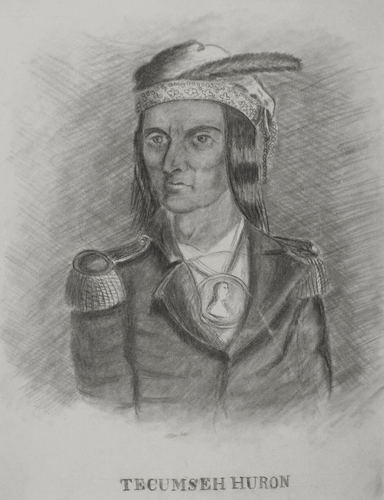
Zacharie Vincent, Tecumseh, Huron, n.d.
Charcoal on paper, 42.5 x 36.1 cm, Château Ramezay, Montreal
Like Vincent, Tecumseh was a chief who played a diplomatic role, defending the interests of an Indigenous federation. His fame rests on his campaign to persuade his people to abandon the practice of torture and on his resistance to the invasion and settling of Ohio.
The parallel between the two chiefs leads to another analogy: the identity of the “tragic hero” who experiences both triumph and adversity. Vincent expresses his sense of identity with a heroic Indigenous figure, apparently finding a significant kinship in the historical experiences and mythic stature of Tecumseh, just as he is said to have done with the Prince of Wales in Self-Portrait, n.d.
This Spotlight is excerpted from Zacharie Vincent: Life & Work by Louise Vigneault.
 Stitching the Archives
Stitching the Archives
 A Working-Class Hero
A Working-Class Hero
 Imagining Entangled Futures
Imagining Entangled Futures
 Bridging Far and Near
Bridging Far and Near
 Soft Power
Soft Power
 Imagining Emancipation
Imagining Emancipation
 A Priceless Portrait
A Priceless Portrait
 Meditation in Monochrome
Meditation in Monochrome
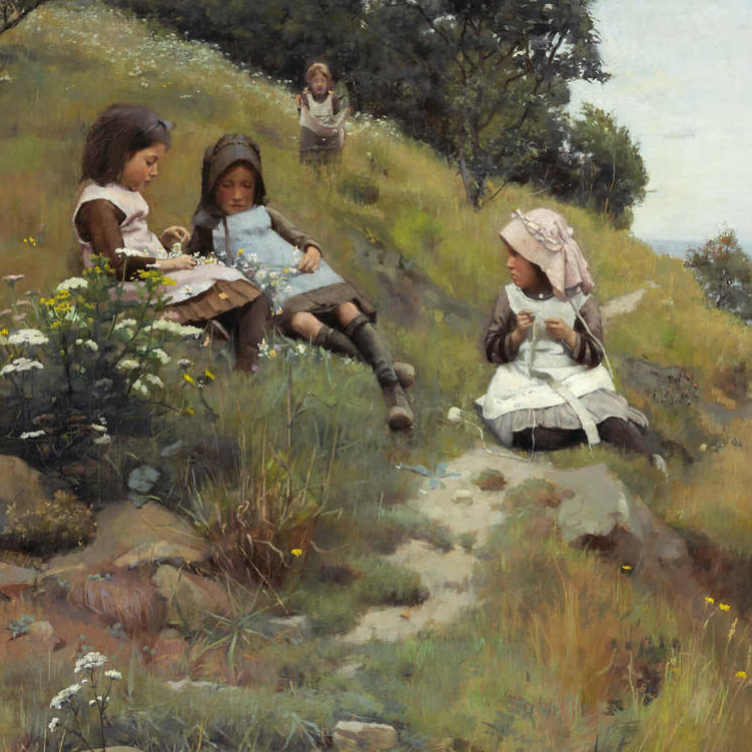 Making His Mark
Making His Mark
 Honour and Sacrifice
Honour and Sacrifice
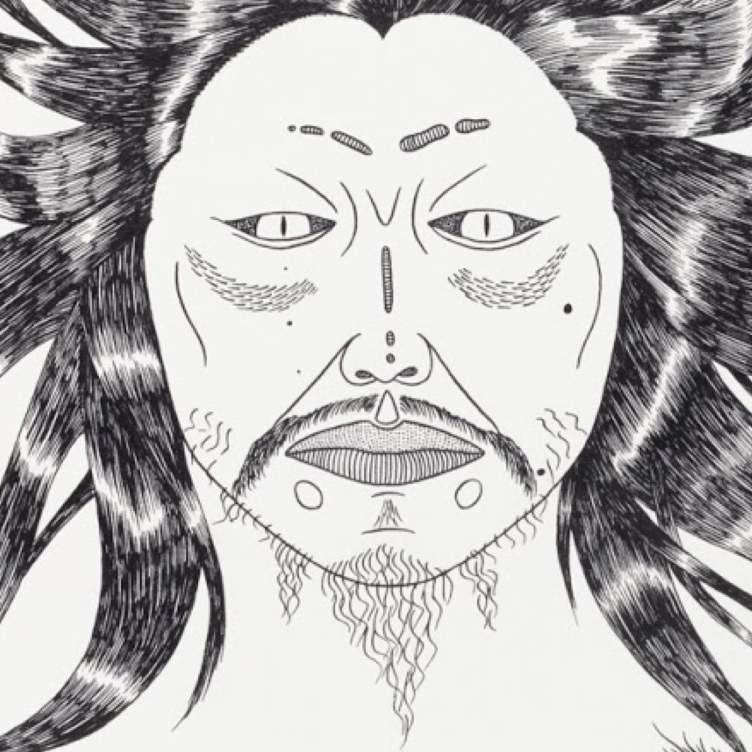 A Monstrous Vision
A Monstrous Vision
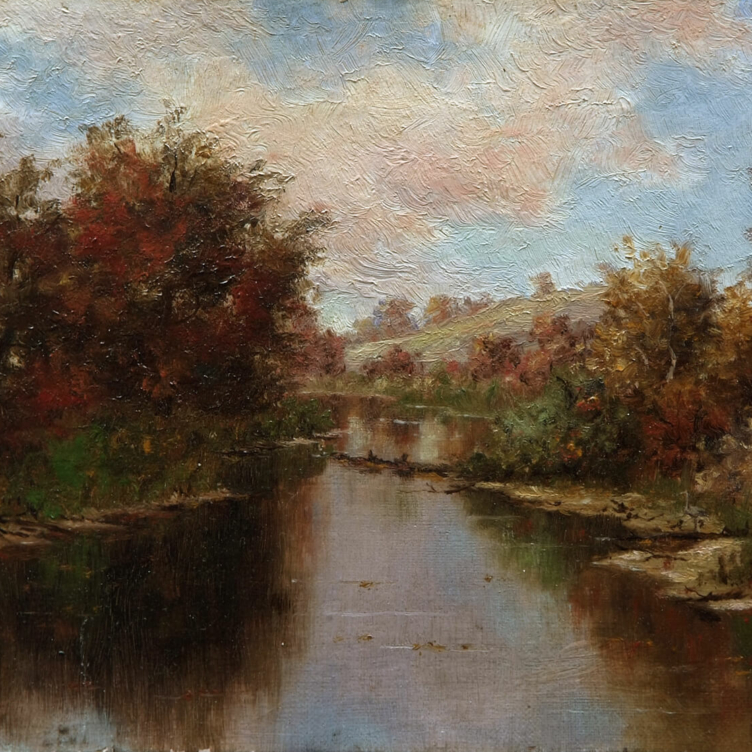 Remote Beauty
Remote Beauty
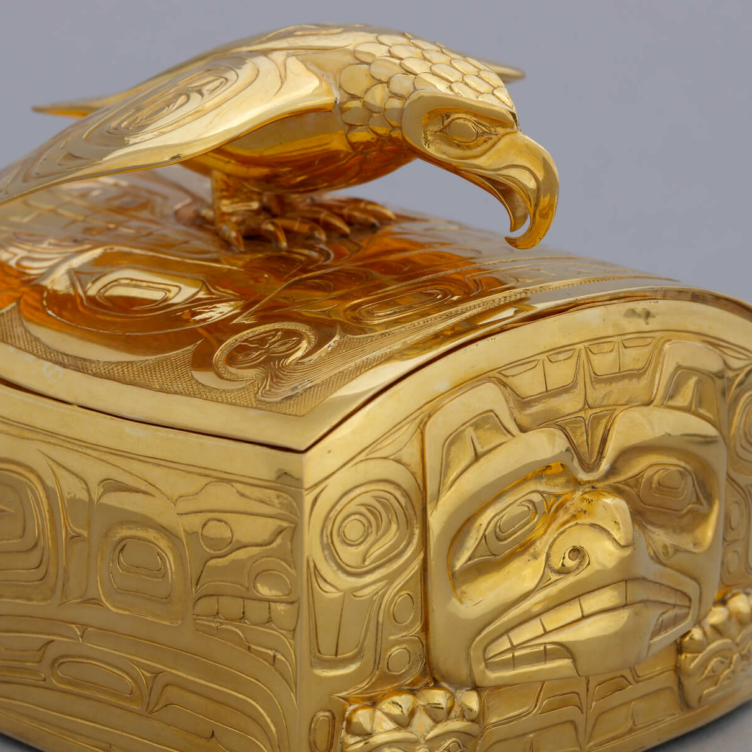 Pride and Resistance
Pride and Resistance
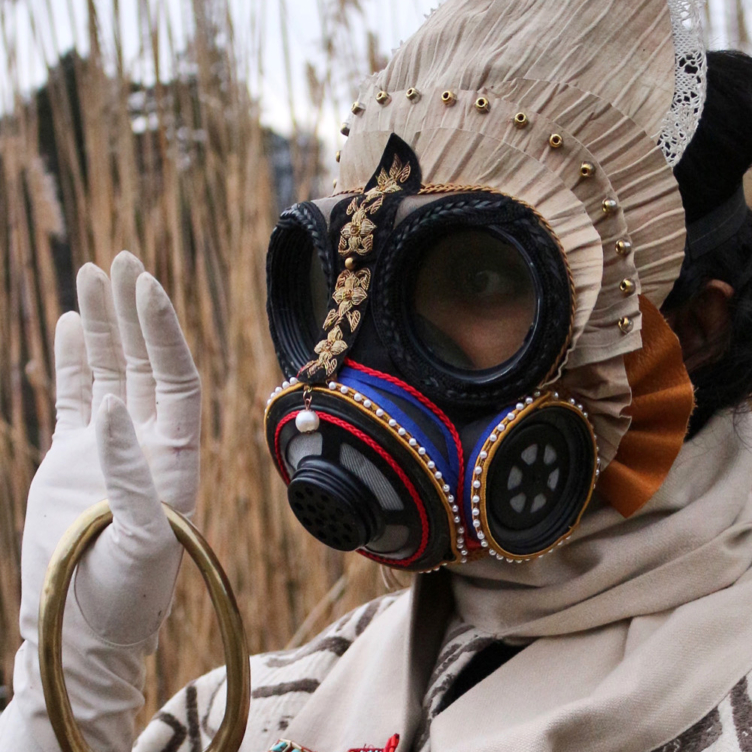 Dressed for Danger
Dressed for Danger
 Masks from the Past
Masks from the Past
 Lessons from the Land
Lessons from the Land
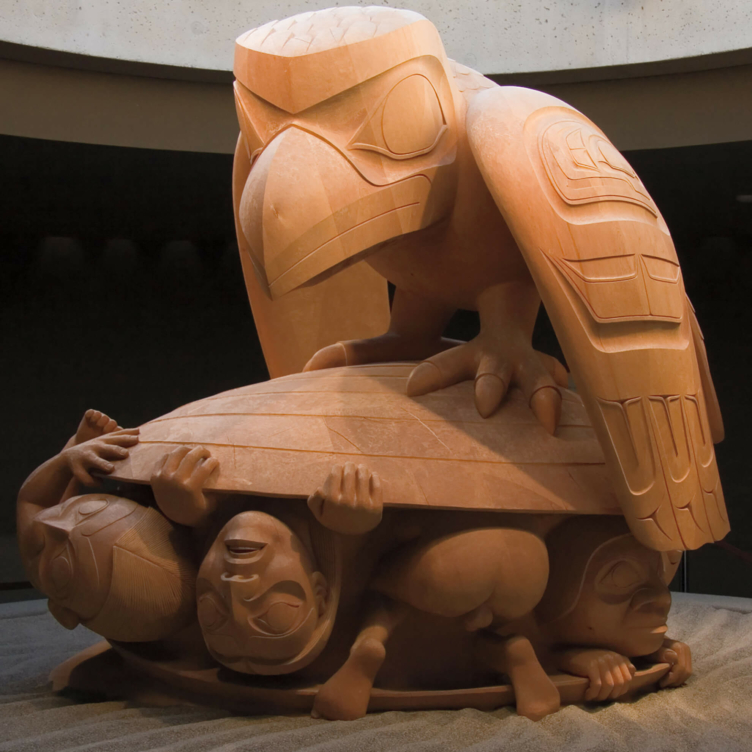 A Cultural Hero
A Cultural Hero
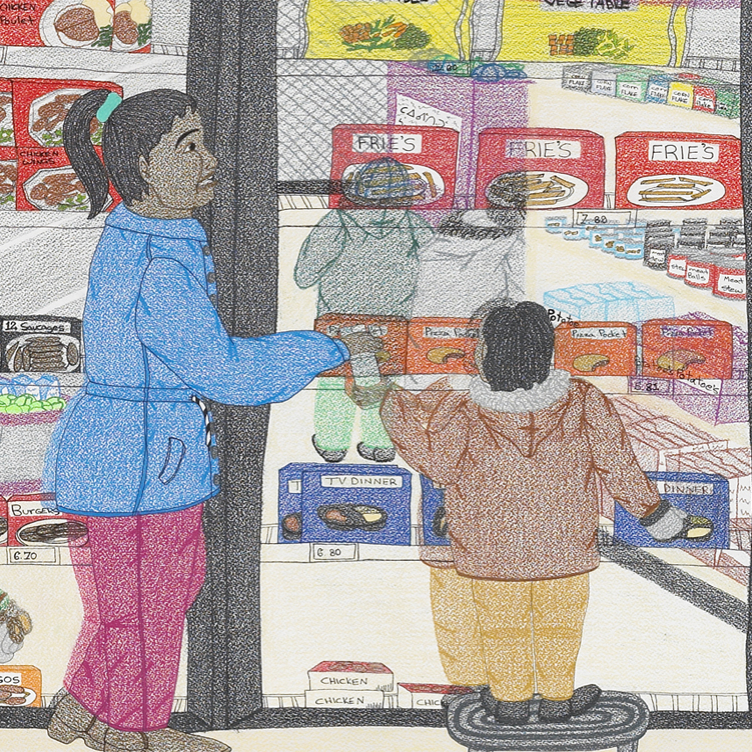 Food for Thought
Food for Thought
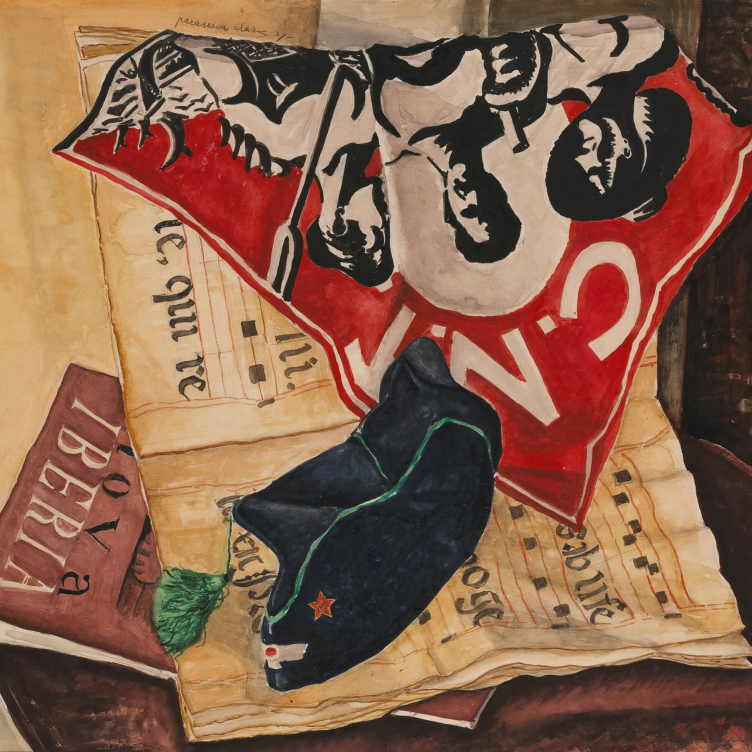 A Passion for Activism
A Passion for Activism
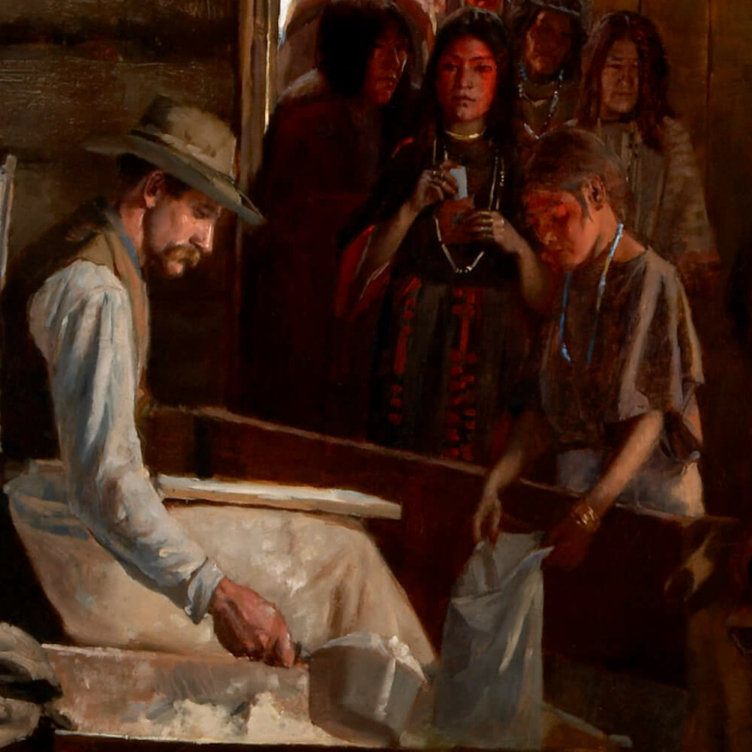 Starvation and Scandal
Starvation and Scandal